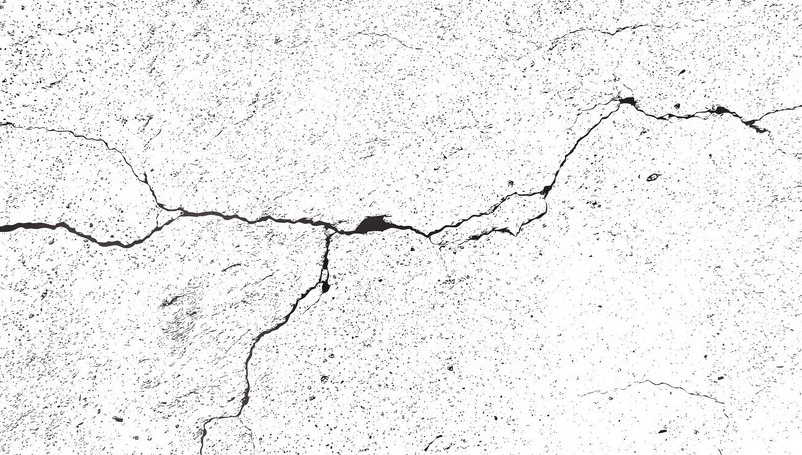Plaster walls are a hallmark of older homes, adding charm and character that drywall often lacks. However, plaster walls can develop cracks, holes, or even crumble in some areas over time due to natural settling, moisture, or accidental damage. While these imperfections might seem daunting, repairing plaster walls is a manageable DIY project with the right tools and techniques. This guide will walk you through the steps to restore your plaster walls, ensuring a smooth, durable finish.
1. Understanding Plaster Walls
Before diving into the repair process, it’s essential to understand what plaster walls are and how they differ from modern drywall. Traditional plaster walls are made by applying several layers of wet plaster over wooden laths. These layers harden to create a solid, durable surface. Plaster walls are known for their excellent soundproofing qualities and smooth finish, but they can be more challenging to repair than drywall.

2. Common Plaster Wall Issues
Plaster walls can suffer from various types of damage over time. The most common issues include:
- Cracks: Caused by the natural settling of the house or structural movement.
- Holes: Usually a result of accidental impact or removal of fixtures.
- Bulging or loose plaster: Occurs when the plaster separates from the lath.
- Water damage: Caused by leaks, leading to staining, crumbling, or mold growth.
Understanding the nature of the damage is crucial before attempting any repairs.
3. Tools and Materials Needed
Before starting your repair, gather the necessary tools and materials. Having everything ready will streamline the process and ensure a professional finish.
Essential Tools:
- Utility knife
- Plastering trowel
- Putty knife
- Sandpaper (medium and fine grit)
- Paintbrushes
- Dust mask and safety goggles
Materials:
- Plaster patching compound or joint compound
- Plaster adhesive (for loose plaster)
- Fiberglass mesh tape (for cracks)
- Primer and paint
- Drop cloths and painter’s tape
4. Preparing the Area for Repair
Proper preparation is key to a successful plaster wall repair. Follow these steps to get the area ready:
- Clear the Area: Move furniture and cover the floor with a drop cloth to protect it from dust and debris.
- Clean the Surface: Use a damp cloth to remove any dust or loose plaster from the damaged area. This ensures better adhesion of the patching material.
- Score the Edges: For cracks and holes, use a utility knife to score around the damaged area. This creates a rough edge that helps the new plaster adhere better.
5. Fixing Cracks in Plaster Walls
Cracks are the most common form of damage in plaster walls and can range from hairline to larger, more noticeable fractures. Here’s how to repair them:
- Widen the Crack: Use a utility knife or a putty knife to slightly widen the crack, making a V-shape. This allows the patching compound to penetrate and bond more effectively.
- Apply Mesh Tape: For larger cracks, apply fiberglass mesh tape over the crack. This provides reinforcement and prevents future cracking.
- Fill the Crack: Apply a plaster patching compound or joint compound using a putty knife. Smooth it over the crack, ensuring it blends seamlessly with the surrounding wall.
- Sand and Smooth: Once the compound is dry, sand the area with medium-grit sandpaper until smooth. Follow up with fine-grit sandpaper for a flawless finish.
6. Repairing Holes in Plaster Walls
Holes in plaster walls can vary in size, from small nail holes to larger gouges. Here’s how to repair them:
- Clean the Hole: Remove any loose debris from the hole and slightly widen the edges with a utility knife.
- Fill Small Holes: For small holes (less than 1/4 inch), apply patching compound directly into the hole using a putty knife. Smooth the surface and allow it to dry.
- Patch Larger Holes: For larger holes, first, fill the void with crumpled newspaper or a piece of scrap wood to provide backing. Apply a layer of plaster patching compound over the backing, then smooth it out with a trowel.
- Layer and Sand: For deep holes, apply the compound in layers, allowing each layer to dry before adding the next. Once fully dry, sand the area smoothly.
7. Addressing Large Plaster Wall Damage
If you’re dealing with significant damage, such as loose or bulging plaster, you’ll need a different approach:
- Secure Loose Plaster: If the plaster has detached from the lath but is still intact, inject plaster adhesive behind the loose sections. Use a caulk gun to apply the adhesive and press the plaster back into place. Secure with screws and washers until the adhesive sets.
- Replastering a Large Area: For large damaged areas, you may need to remove the old plaster entirely. Use a hammer and chisel to carefully remove the damaged plaster, then apply new layers of plaster, allowing each layer to dry before adding the next.
8. Finishing and Painting
After the repairs are complete, finishing the wall ensures a seamless blend with the rest of the surface.
- Prime the Area: Apply a coat of primer over the repaired area. This seals the plaster and prepares it for painting.
- Paint: Once the primer is dry, paint the area to match the rest of the wall. For best results, use a high-quality paint that complements the original finish.
9. Tips for Maintaining Plaster Walls
To keep your plaster walls in good condition and prevent future damage, consider these maintenance tips:
- Monitor for Moisture: Keep an eye out for signs of water damage, such as discoloration or bubbling paint. Address leaks promptly to avoid plaster deterioration.
- Inspect Regularly: Periodically check for cracks or loose plaster and repair them early to prevent more extensive damage.
- Use Caution: Avoid slamming doors or hanging heavy items without proper anchors, as this can cause cracks or holes in plaster walls.
Conclusion
Repairing plaster walls may seem intimidating, but with the right tools, materials, and techniques, it’s a project that most homeowners can tackle themselves. Whether you’re dealing with small cracks, holes, or more extensive damage, following these steps will help you restore your plaster walls to their former glory. By maintaining your walls regularly, you can preserve the character and charm that plaster adds to your home for years to come.















